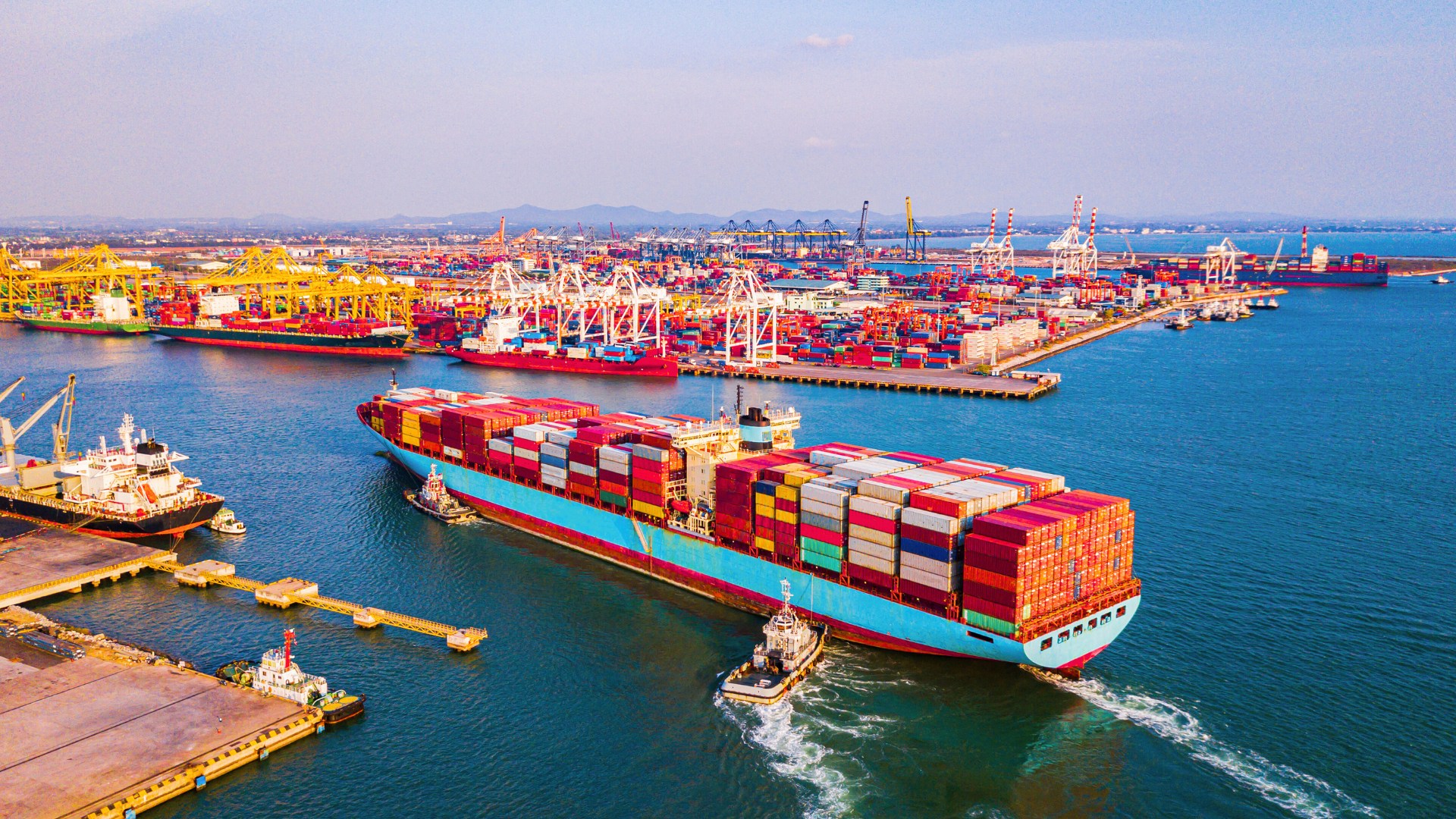U.S. consumers, manufacturers, and importers may have a reason to breathe a collective sigh of relief. In January 2020, the U.S. and China finally signed a phase one trade agreement that may signal an end to the economic tensions between the two countries. U.S. Administration touts the deal as a landmark agreement, and President Xi Jinping finds a small victory in it. The contract has reduced many of the uncertainties markets faced over the last eighteen months.
Currently, there is little indication of exactly how or when the next phase may happen. However, there is some skepticism about whether Phase 2 will happen at all. Phase 1 has provided a reprieve for U.S. businesses relying on Chinese imports.
A Short History of the Trade War between the U.S. and China
Starting early in 2016, then Presidential Candidate Donald J. Trump brought up the possibility of implementing tariffs on Chinese imports as part of his larger economic strategy. Then, after winning the election, Trump announced tariffs on all solar panels and washing machines in January 2018. In fact, these tariffs ranged between 30% and 50%.
In March of that year, the U.S. imposed tariffs on steel and aluminum imports from several countries. Then, four months later, the administration imposed its first tariffs on Chinese imports. However, the decision led to retaliation from the Peoples Republic of China with a tariff on U.S. imports.
As tensions continued to escalate, by the end of 2019, the total amount of tariffs levied by both countries totaled $735 billion. This also includes $550 billion of tariffs levied by the U.S. on Chinese goods and $135 billion in retaliatory tariffs from China’s government. So, many see the Phase 1 trade agreement as signaling the end of the continuing escalation that threatened an all-out trade war.

What the U.S./China Phase One Trade Agreement Contains
One fact that is important to note is that Phase 1 does not totally eliminate tariffs on Chinese imported goods. The agreement reduces tariffs from 15% to 7.5% on the $120 billion of Chinese products implemented in September 2019. And, for the immediate future, the 25% tariffs on $250 billion Chinese goods will remain in place. However, U.S. Treasury Secretary, Steve Mnuchin stated that these could be withdrawn as part of the phase two agreement.
The Chinese government agreed to buy a total of $200 billion of U.S. products and services over the next two years with additional increases for subsequent years if the agreement remains in place.
Additional concessions made by China include better protections for trademarks, intellectual property, and U.S. patents. The country also agreed to improve its civil and criminal procedures to address the issues surrounding pirated and counterfeit goods. For their part, the U.S. got stronger commitments from China to refrain from currency manipulations and aggressive devaluations.
Regarding the Chinese financial services markets, the agreement stipulates the countries will work together to provide greater access to U.S. institutions. Overall, this will lead to stronger competition in the financial markets and remove barriers to U.S. investors.
How U.S. Industries Should Respond to the Trade Agreement
Considering the uncertainty over the last two years it is not surprising that U.S. companies tend to remain circumspect. The enforcement of the trade agreement will depend on bilateral consultations between the two countries and that will depend on sharing data monthly to confirm and verify that each party faithfully adheres to the agreement.
Phase 1 brings welcome relief to those companies that opted to wait out the storm before moving manufacturing operations out of China. Also, many enterprises that were hesitant to commit to Chinese production are now revisiting that decision. The increase in imported U.S. goods to China will be unprecedented in the history of trade between the two countries. If the trade agreement turns out to be – as expected – beneficial to both sides, further concessions and trade opportunities are said to follow.
Now could be the perfect time to be proactive and explore the vast opportunities that Chinese manufacturing provides U.S. companies. As Chinese manufacturing remains critically important to the fiscal health of the Chinese government, the economic policies that will be implemented will continue to stimulate the sector. Combined with a more amicable relationship between the two governments, Chinese manufacturing is seen to be poised to resurge in the near future.
Where Can U.S. Companies Find Advice on Chinese Manufacturing?
For companies considering a move to China for their production needs, it’s always best to work with a manufacturing liaison that knows the region. Finding the best manufacturing companies and understanding the business environment is vital to a quick start and sustained success. Offshore manufacturing liaisons, like ITI Manufacturing, assist U.S. companies to better understand and work successfully with the current economic climate and business capabilities. We also help companies avoid the usual pitfalls importers face when sourcing products from China.
Tell Us What You Think!
ITI Services Outsourcing Manufacturing to China
Fortunately, we have 46 years of experience in helping customers move manufacturing operations to the Asia-Pacific region. Unlike other manufacturing liaison service companies, we work with US-based companies to ensure the high-level service and quality they expect. With so many different Chinese economic regions and facility capabilities available, companies need a manufacturing liaison partner. Not only that, but also a well-versed partner knowledgeable in Chinese culture, politics, supply chains, and business etiquette.
For U.S. companies looking to get involved in the Chinese manufacturing sector, ITI can assist with shipping requirements. We can also assist with customs clearance and supplier evaluation. Since the new trade agreement seems to indicate the possible start of normalization in U.S/China relations, now may be an ideal time to reinvestigate the country’s manufacturing capabilities.
Is China Manufacturing Right for Your Company?
Answer these 5 questions and find out today.
[caldera_form id=”CF5d0b8c979fa4e”]
To discuss the implications of the new trade agreement with an expert in the Chinese manufacturing sector, speak to ITI Manufacturing. Lastly, give us a call toll-free at 281-242-7030 for immediate assistance. Ask us about our Offshore Management Service (OMS) if you are currently manufacturing in China and are experiencing recurring issues.





